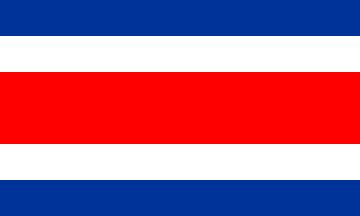We got to Camaronal around 8 o'clock and after watching a short presentation on the life cycle of turtles, we walked down to the beach to see if we could spot any turtles. Searching for them is an exercise in patience, because you have to look for them in the dark. You can't use a lot of white light or flash since turtles depend on the light of the moon reflecting off the sea to guide them off shore. Our guide, Alicio, had a small pocket light that could shine with both white and red light. He had to use the white light sparingly, just to comb the beach in search of turtle tracks. We ended up finding two Olive Ridley turtles (tortugas lora). We came across the first one pretty early on, but after she started digging Alicio told us she was having problems digging the hole. Apparently she'd hit upon a spot where the sand was too soft and the hole kept caving in on her. So, as Alicio told us, the turtle would actually go back out to sea without laying any eggs and come back another night.
We left the first turtle to its own devices and walked down the beach again. Soon enough, we encountered another set of turtle tracks and followed them up to another turtle. This time, she was able to dig a stable hole and lay her eggs. Alicio showed us some of them up close and we watched as the turtle laid more and more eggs, upwards of forty. Once she was done, the turtle covered her clutch with sand and started turning toward the ocean. But she had put her nest in an enclave of scattered wood, so she was tired and it was hard for her to find her way back. Alicio helped her out by picking her up and pointing her toward the ocean with uninterrupted sand in front of her. We watched as she slowly disappeared into the ocean, under the dim light of a quarter moon. The entire process took about an hour and we left the beach a little after 10 o'clock. It was one fascinating trip.


Although protected as an endangered species, it is actually legal to collect Olive Ridley eggs in small amounts for human consumption. These eggs are a delicacy in certain circles; my mamá tica Norma even told me she likes them with salt and lemon. On another note, there are plans for real estate development on the cliffs overlooking Playa Camaronal. If these projects are built as planned, the artificial light will make the beach unviable as a turtle nesting ground. It's yet another example of the struggle Costa Rica continues to face between humanity and nature.



No comments:
Post a Comment